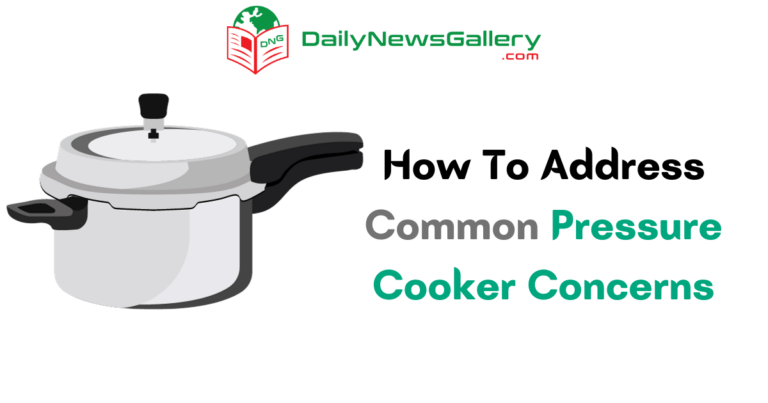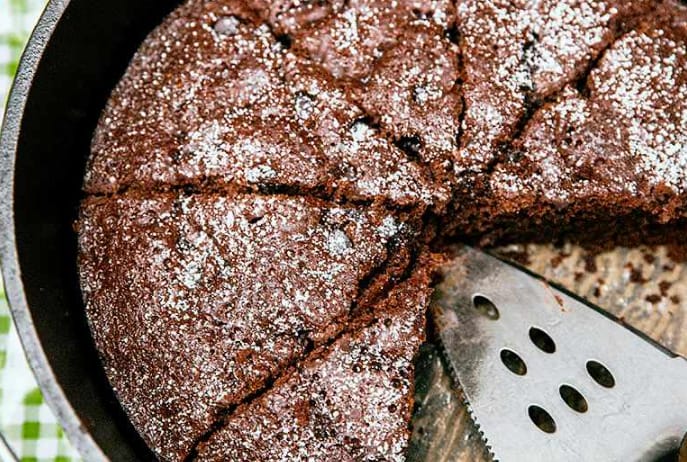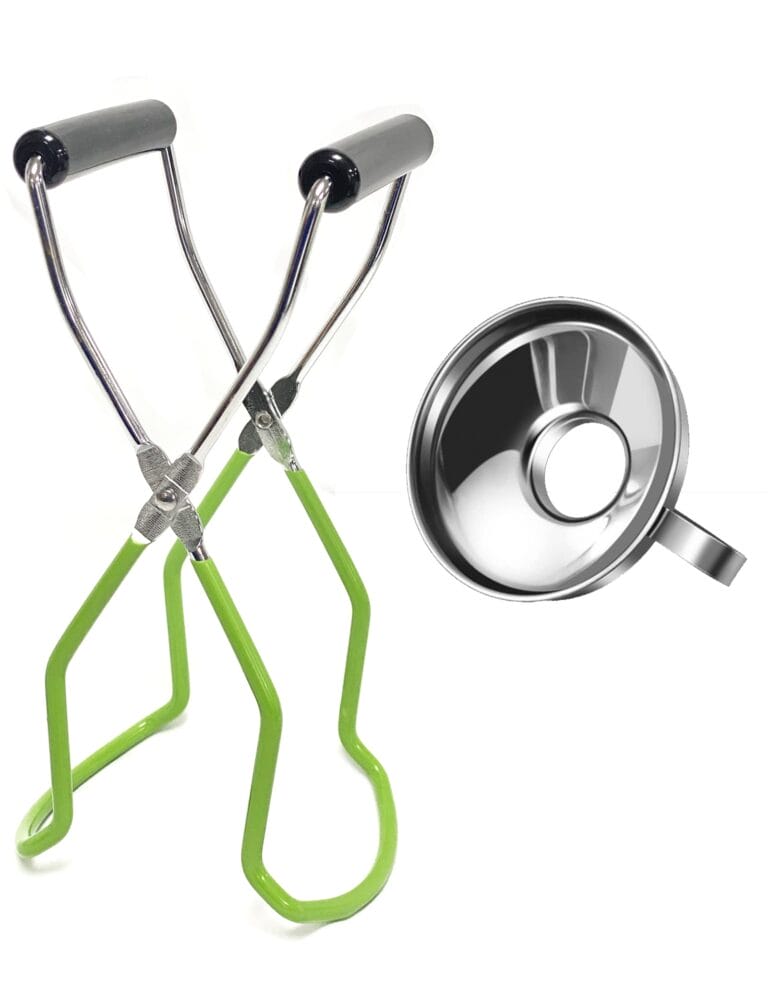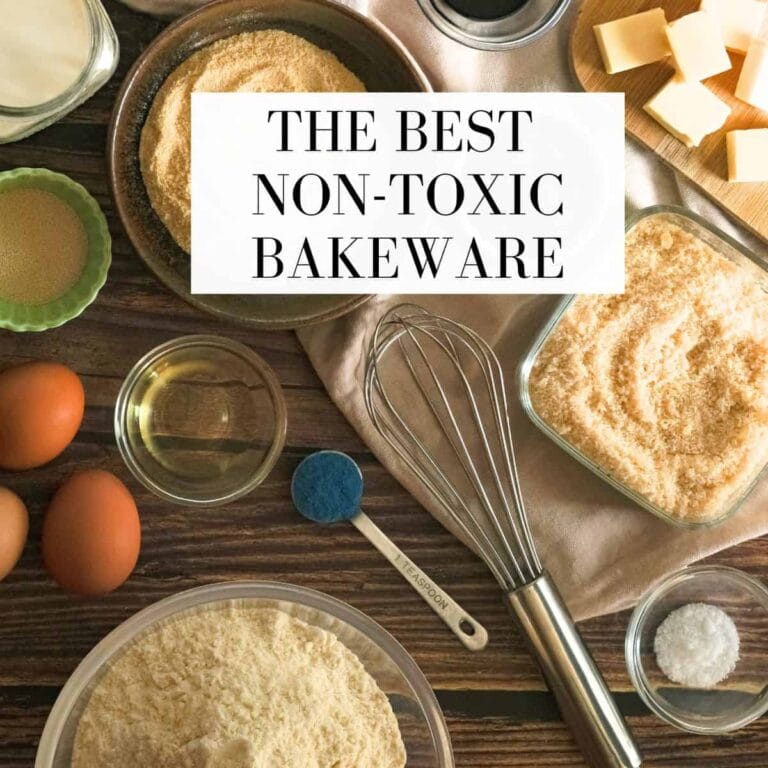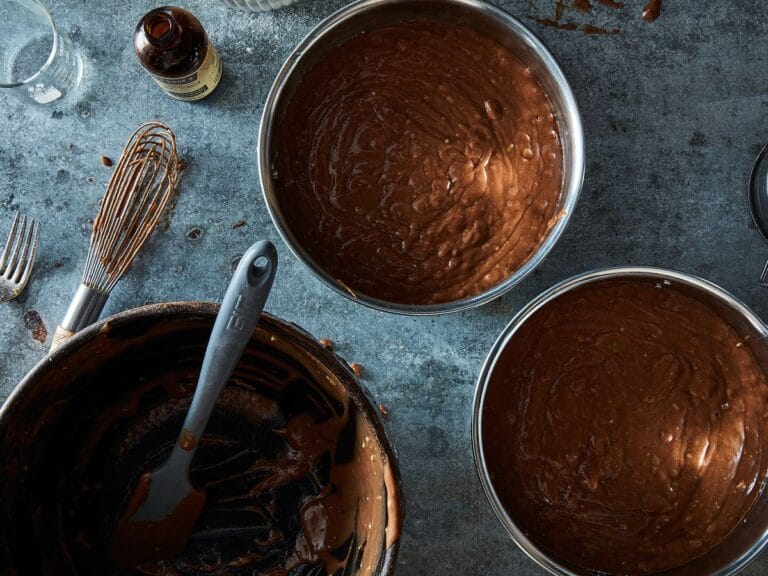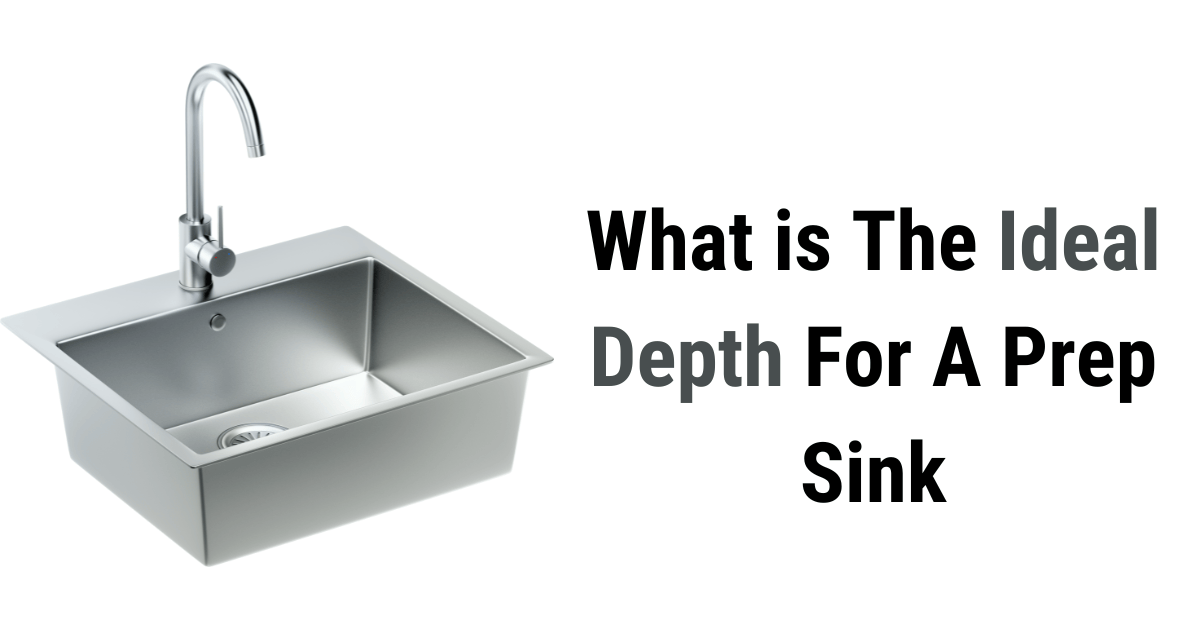
When it comes to finding the ideal depth for a prep sink, you might be wondering where to start. Well, you’re in the right place! In this article, we will dive into the world of prep sinks and explore what makes for the perfect depth. So, grab your curiosity, and let’s explore together!
Picture this: you’re in your dream kitchen, ready to tackle your next culinary masterpiece. But before you can get started, you need the perfect prep sink. Now, you might be wondering, what’s the ideal depth for a prep sink anyway? That’s a great question, and we’re here to help you find the answer.
Finding the ideal depth for your prep sink is like finding the perfect balance between functionality and convenience. Too shallow, and you may find yourself splashing water everywhere. Too deep, and you might struggle to reach the bottom.
So, let’s embark on this journey to uncover the ideal depth for a prep sink that will make your kitchen experience a breeze.
Ideal Depth for a Prep Sink: Finding the Perfect Fit for Your Kitchen
When considering the ideal depth for a prep sink, several factors come into play. First, think about the size of your kitchen and the tasks you’ll be performing in the sink. For most kitchens, a depth of 6-8 inches is suitable for prep sinks.
This depth allows for easy washing of fruits and vegetables and provides enough space to fill pots and pans. However, if you frequently handle larger cookware or have specific needs, you might opt for a deeper sink.
Factors to Consider When Choosing the Depth of Your Prep Sink
The depth of a prep sink plays a crucial role in its functionality and convenience. There are several factors to consider when deciding on the ideal depth for your prep sink:
1. Usage and Frequency
Before choosing the depth of your prep sink, think about how you intend to use it and how often. If you frequently prepare large meals or entertain guests, a deeper sink may be more practical as it can accommodate large pots, pans, and dishes. For everyday use and smaller meal preparations, a shallower sink may be sufficient.
Additionally, consider the specific tasks you’ll be performing in the sink. If you often handle delicate items that require extra care, a shallower sink can provide better control and prevent accidents. On the other hand, if you anticipate washing large quantities of produce or marinating large cuts of meat, a deeper sink will allow for easier cleaning and handling.
2. Ergonomics and Comfort
The depth of a prep sink can significantly impact your comfort and ergonomics while working in the kitchen. If you’re taller or have back issues, a deeper sink will promote a better posture and reduce strain on your back. However, if you’re shorter or have mobility issues, a shallower sink will be more accessible and easier to reach.
Consider how much time you spend at the sink and the movements you make while working. A sink that is too deep may require you to bend over excessively or strain your arms and shoulders. On the other hand, a sink that is too shallow may cause water to splash out easily, resulting in a mess.
3. Size of Your Kitchen
The size of your kitchen should also be taken into account when determining the ideal depth for your prep sink. If you have a smaller kitchen with limited counter space, a shallower sink may be more suitable as it will take up less room and create a more streamlined look. However, if you have a larger kitchen with ample counter space, a deeper sink can make a bold statement and provide you with more versatility.
Consider your kitchen layout and the overall aesthetic you’re trying to achieve. A deeper sink can be a focal point and add a touch of luxury to your kitchen, while a shallower sink can seamlessly blend in with your other appliances and fixtures.
Choosing the Perfect Depth for Your Prep Sink
Now that you’ve considered the factors influencing the depth of your prep sink, it’s time to make a decision. Here are three common options to choose from:
1. Standard Depth: 8-10 inches
A standard depth sink, ranging from 8 to 10 inches deep, is a popular choice for most kitchens. It strikes a balance between functionality and ergonomics, offering enough depth to handle various tasks without being too overwhelming. This depth is suitable for everyday use and can accommodate the majority of kitchen activities.
With a standard depth sink, you’ll have enough space to wash dishes, soak pots and pans, and prep ingredients comfortably. This depth also allows for easy installation under countertops without requiring extensive modifications.
2. Extra-Deep Sink: 10-12 inches
If you frequently cook large meals, work with oversized cookware, or need extra space for washing vegetables and fruits, an extra-deep sink may be the best choice for you. With a depth of 10 to 12 inches, these sinks provide ample room to handle large pots, baking sheets, and even bulky cutting boards.
The extra depth offers more versatility and convenience, especially for professional chefs or avid home cooks who require ample space for food preparation. Keep in mind that installing an extra-deep sink may require modifications to your countertop and plumbing system.
3. Shallow Sink: 6-8 inches
If you have specific needs or a smaller kitchen, a shallow sink with a depth of 6 to 8 inches may be a suitable choice. This depth is ideal for individuals who mainly perform light food prep tasks, such as washing small utensils, rinsing produce, or quickly washing hands.
A shallow sink can also be a practical solution for kitchens with limited counter space. By opting for a shallower sink, you can maximize the available workspace and create a more open and uncluttered environment.
Additional Considerations and Tips
While the depth of your prep sink is a vital factor, there are a few additional considerations to keep in mind:
1. Installation
Before making a final decision, consult with a professional installer or contractor to ensure that the depth you choose is compatible with your existing plumbing and countertop. They can guide you on any necessary modifications or adjustments that may be required.
2. Material
The material of the sink can also influence its depth. Some materials, like stainless steel, can be thinner and therefore allow for more depth without compromising strength. Others, like porcelain or granite, may require more thickness and thus limit the depth options. Consider the material that best suits your needs and preferences.
3. Maintenance
Keep in mind that deeper sinks may require more maintenance and care, as they can hold more water and potentially accumulate debris. Ensure that you have a good maintenance routine in place to keep your sink clean and prevent any issues.
By considering your specific needs, kitchen size, and usage patterns, you can confidently determine the ideal depth for your prep sink. It’s a subtle yet essential element that can enhance your overall culinary experience and make your time in the kitchen more enjoyable.
Frequently Asked Questions
Welcome to our FAQ section on the ideal depth for a prep sink! Here, we answer some commonly asked questions to help you make an informed decision. So, let’s dive in and find the perfect depth for your prep sink!
1. What factors should I consider when determining the ideal depth for a prep sink?
When deciding on the ideal depth for a prep sink, consider the size of your kitchen, your specific needs, and your personal preferences. If you frequently handle large pots and pans, a deeper sink may be more practical.
However, if you have limited counter space and frequently wash smaller items, a shallower sink might be a better fit. It’s essential to consider your daily activities in the kitchen to determine the perfect depth for your prep sink.
Another factor to consider is your height and comfort level. A deeper sink may cause strain on your back or shoulders if you have to reach down too far. Conversely, a shallower sink may cause splashing and water spillage if you’re too tall. So, factor in your comfort and ergonomics to find the ideal depth for your prep sink.
2. What is the standard depth for a prep sink?
The standard depth for a prep sink typically ranges from 6 to 10 inches. This range provides a good balance between functionality and aesthetics. A deeper sink allows for more space to work with, while a shallower sink is easier to maintain and clean. However, the standard depth may vary depending on the manufacturer and the specific style of the sink, so it’s always a good idea to check the product specifications before making a purchase.
It’s worth noting that some prep sinks come with multiple compartments or varying depths within the same sink, allowing for greater versatility. This can be useful if you perform different tasks simultaneously, such as washing dishes while prepping ingredients. So, consider your specific needs and the functionality of the sink when determining the ideal depth.
3. Can I customize the depth of a prep sink?
Yes, you can often customize the depth of a prep sink to suit your needs. Many manufacturers offer sinks with adjustable depths or allow for custom orders. However, keep in mind that customizing the depth may impact the cost and delivery time.
It’s best to consult with the manufacturer or a professional installer to determine the feasibility and process of customizing the depth of a prep sink.
If you’re unable to customize the depth, there are alternative options to consider. For instance, you can use various accessories, such as cutting boards or colanders, to raise the level of your workspace within the sink. These accessories can provide additional depth when needed, giving you more flexibility in your prep area.
4. How does the depth of a prep sink affect functionality?
The depth of a prep sink directly impacts its functionality. A deeper sink allows for easier handling of larger items, such as pots and pans, and can accommodate more dishes or ingredients at once. This can be especially useful if you frequently cook for a large family or enjoy entertaining guests.
On the other hand, a shallower sink provides better accessibility and ease of use for smaller tasks. It’s easier to rinse off ingredients, wash small utensils, and clean the sink itself. Additionally, a shallower sink may help prevent water splashes and spills, keeping your countertop drier. Consider your specific cooking habits and needs to determine which level of functionality you prioritize in your prep sink.
5. Are there any plumbing considerations when choosing the depth of a prep sink?
Yes, there are a few plumbing considerations to keep in mind when choosing the depth of a prep sink. Firstly, deeper sinks require longer drainage pipes to accommodate the increased depth. Ensure that your plumbing system can handle the dimensions of the sink you choose.
Secondly, consider the height of your drainpipe and the space available beneath your sink. A deeper sink may require adjustments to your existing plumbing setup to ensure proper installation. To avoid any issues, it’s recommended to consult with a professional plumber who can assess your plumbing system and make any necessary adjustments.
So, what’s the ideal depth for a prep sink? Well, it depends on your needs. If you do a lot of cooking or have large pots, a deeper sink would be best. But if you mainly use it for washing vegetables or small tasks, a shallower sink will work fine. Just remember to consider your countertop height and the space you have available. Ultimately, go for a depth that makes your kitchen tasks easier and more convenient.
The ideal depth for a prep sink varies based on individual preferences and needs. Consider your cooking habits, pot sizes, and countertop height when choosing the depth that suits you best. Happy cooking!

